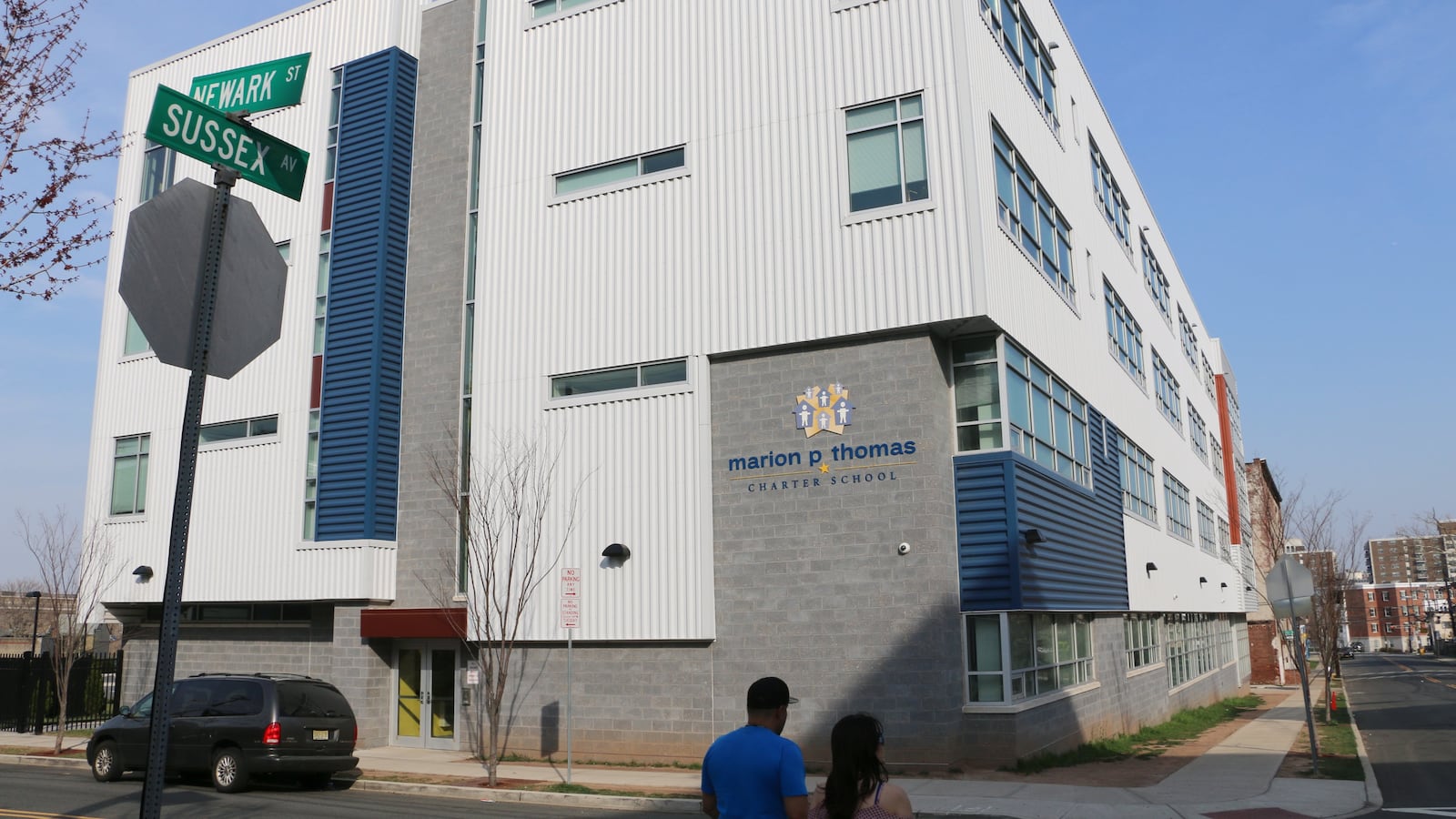Fewer “no excuses” and for-profit charter schools are getting the green light to open, according to a report offering a fresh look at the state of the charter school movement.
The analysis comes from the National Association of Charter School Authorizers, which represents the entities that approve and oversee charter schools — usually local school boards, state boards, or universities. The report draws on five years of charter school proposals submitted to most of those authorizers in 19 states and Washington, D.C., looking at what kinds of schools were proposed and which ones got approved.
“The data reveals the significant impact authorizers have on shaping educational opportunities, as the schools getting approved do not reflect the full variety being proposed,” the report says.
Here are a few data points that stuck out to us. Keep in mind that the report can’t explain what’s behind different trends, and it doesn’t address larger debates about the merits of charter schools. And although it looks at a large swath of charter applications, it doesn’t include all states or authorizers.
No-excuses schools are being proposed — and getting approved — less often.
So-called “no excuses” schools are known for their academic success but have been criticized for what some see as a harsh disciplinary approach. (There’s a lot of debate over what the term means, and most charter leaders no longer use it themselves. NACSA applied the label to school proposals that emphasized a culture of high expectations and a goal of 100 percent college attendance.)
While 22 percent of newly approved charters were no-excuses in 2013-14, by 2017-18 that number had fallen to just 7 percent. No-excuses schools became both less likely to be proposed and less likely to be approved during that time.
“It is possible that authorizers, operators, and other stakeholders want to broaden the types of schools available to families after satisfying demand for ‘no excuses’ models in their communities,” the report says. “It may also be a response to decreased political will to open these types of schools.”
For-profit charter proposals are also on the decline.
For-profit charter proposals have also grown rarer in the 20 states NACSA examined.
In 2017-18, just 10 percent of new charter proposals were for schools that would have been operated by for-profits — down from 20 percent just two years earlier. The approval rate for for-profit schools has largely held steady, though.
Charter schools run by for-profit companies have been the subject of political backlash, with even some charter supporters saying they don’t back schools run by for-profits. The latest data from the National Alliance for Public Charter Schools shows that nationally, 18 percent of charter students attend for-profit schools.
Schools in networks were more likely to get approved.
Some supporters of independent charters — those not affiliated with a larger network — have publicly worried about getting short shrift from authorizers, politicians, and philanthropists focused on the larger players. The latest report offers some evidence that the independent schools do face longer odds: While stand-alone charters constituted the slight majority (52 percent) of charter applications, they made up just 39 percent of approved schools.
It could be that independent schools’ applications were more likely to be half-baked, with leaders new to the charter school world. But it also could be that authorizers unfairly prioritize networks, which may be better able to navigate application processes that some see as overly cumbersome.
“More research is needed about the quality of each application before reaching firm conclusions about this data,” the NACSA report says. “The disparity between approval rates likely reflects quality decisions by authorizers about the strengths of each individual application.”
A state charter authorizer in New York recently gave the last available New York City charters to networks, leaving out prospective independent charter schools unless the cap is lifted.
Diverse-by-design, classical, and no-excuses schools have been most likely to be approved; arts-focused and single-sex schools have faced tougher odds.
The report offers a rare cross-section of the charter sector, because it categorizes each school proposal by its approach — STEM, the arts, or early college, for example. (A school could be coded as more than one type.)
There was a lot of variation in how frequently different kinds of schools were proposed and approved.
Integrated, diverse-by-design schools were rarely proposed but often approved (1 percent of proposals; 64 percent approved). Despite their decline, no-excuses schools were still relatively common (10 percent of proposals; 55 percent approved).
Other common school types: inquiry-based, including schools based on the Montessori and Waldorf approaches (14 percent of proposals; 40 percent approved); “hybrid” schools where students spend some of their time learning independently on computers (16 percent of proposals; 34 percent approved); and alternative/credit recovery (11 percent of proposals; 34 percent approved).
Single-sex and gifted charter schools were both rarely proposed and rarely approved.


